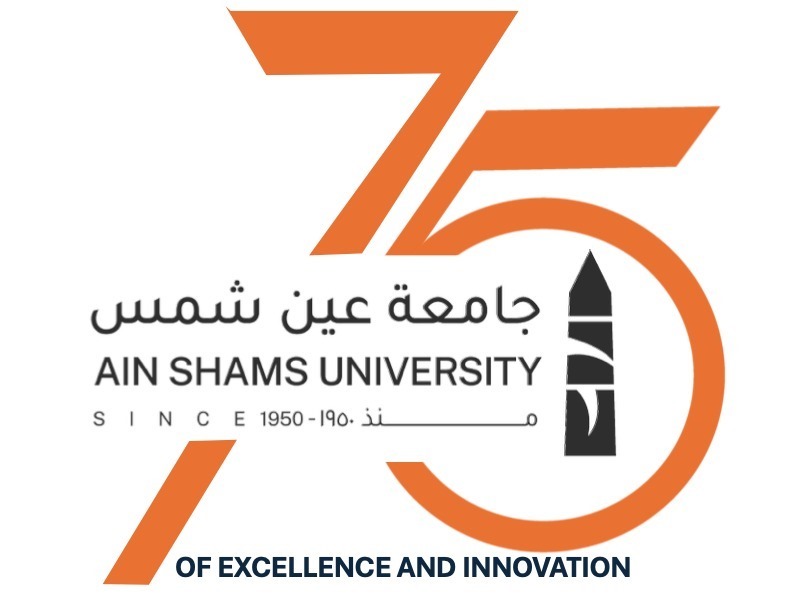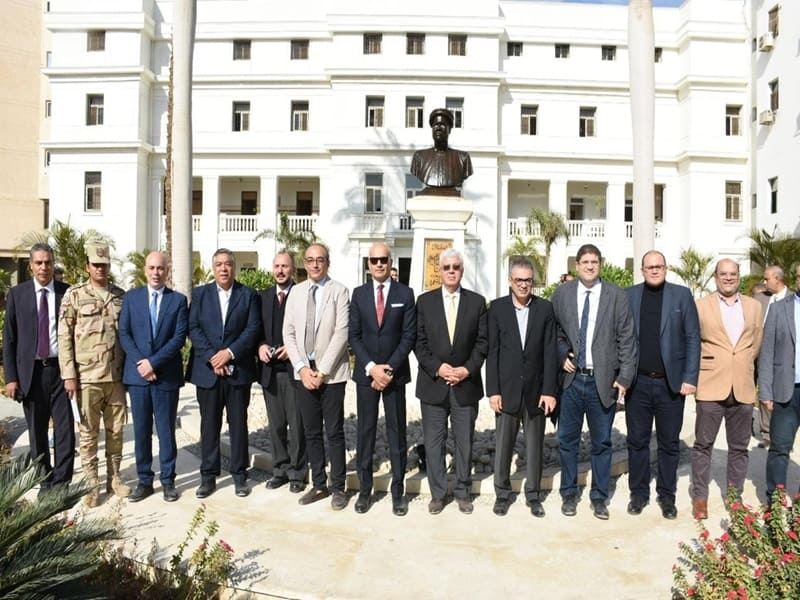At a cost of 10 billion pounds: The Minister of Higher Education inspects the facilities and equipment of the Medical City at Ain Shams University
Within the framework of implementing the directives of President Abdel Fattah El-Sisi, President of the Republic, to develop the Ain Shams University Hospitals area, re-plan it, and follow up on the development and equipment rates of the Ain Shams University Medical City, as it is a vital project that serves thousands of patients, Dr. Ayman Ashour, Minister of Higher Education and Scientific Research, inspected the facilities and equipment of the Ain Shams University Medical City.
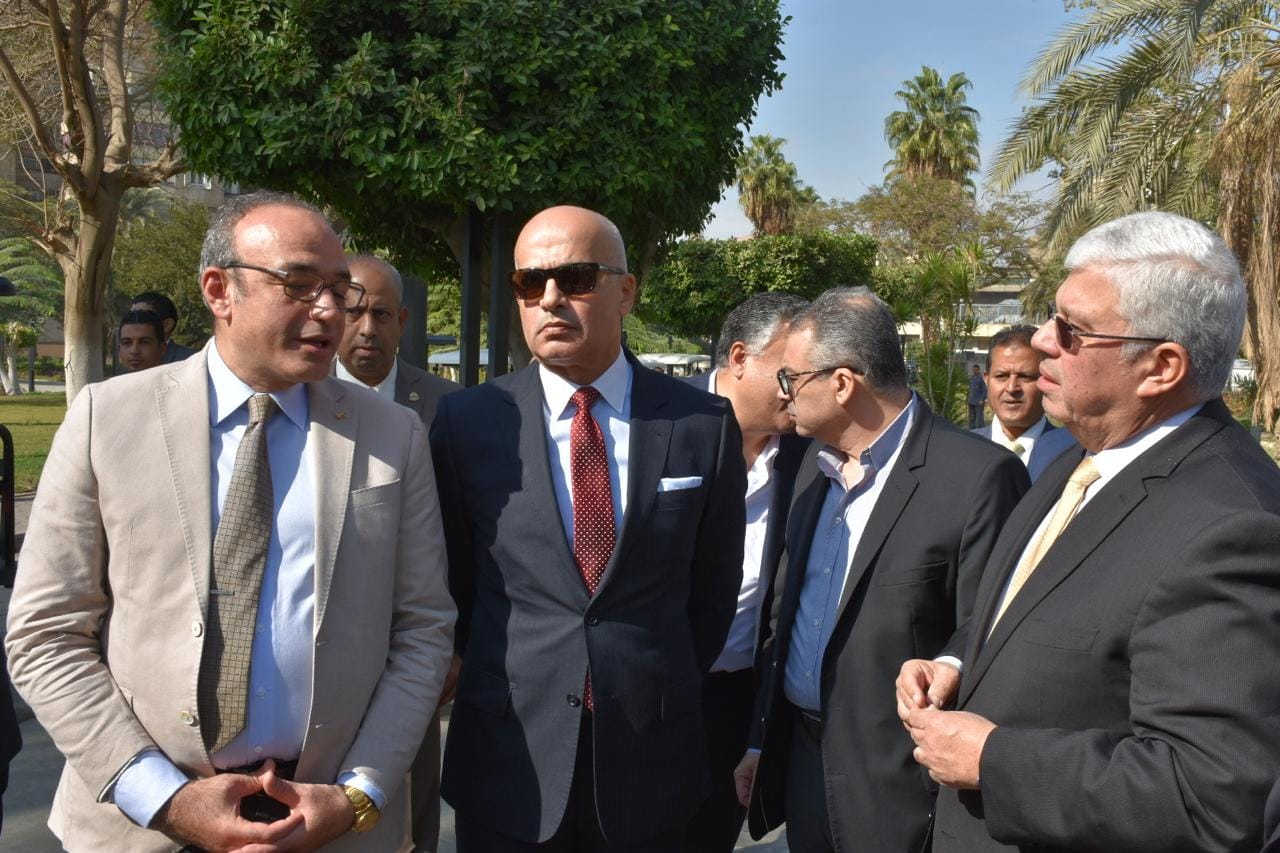 |
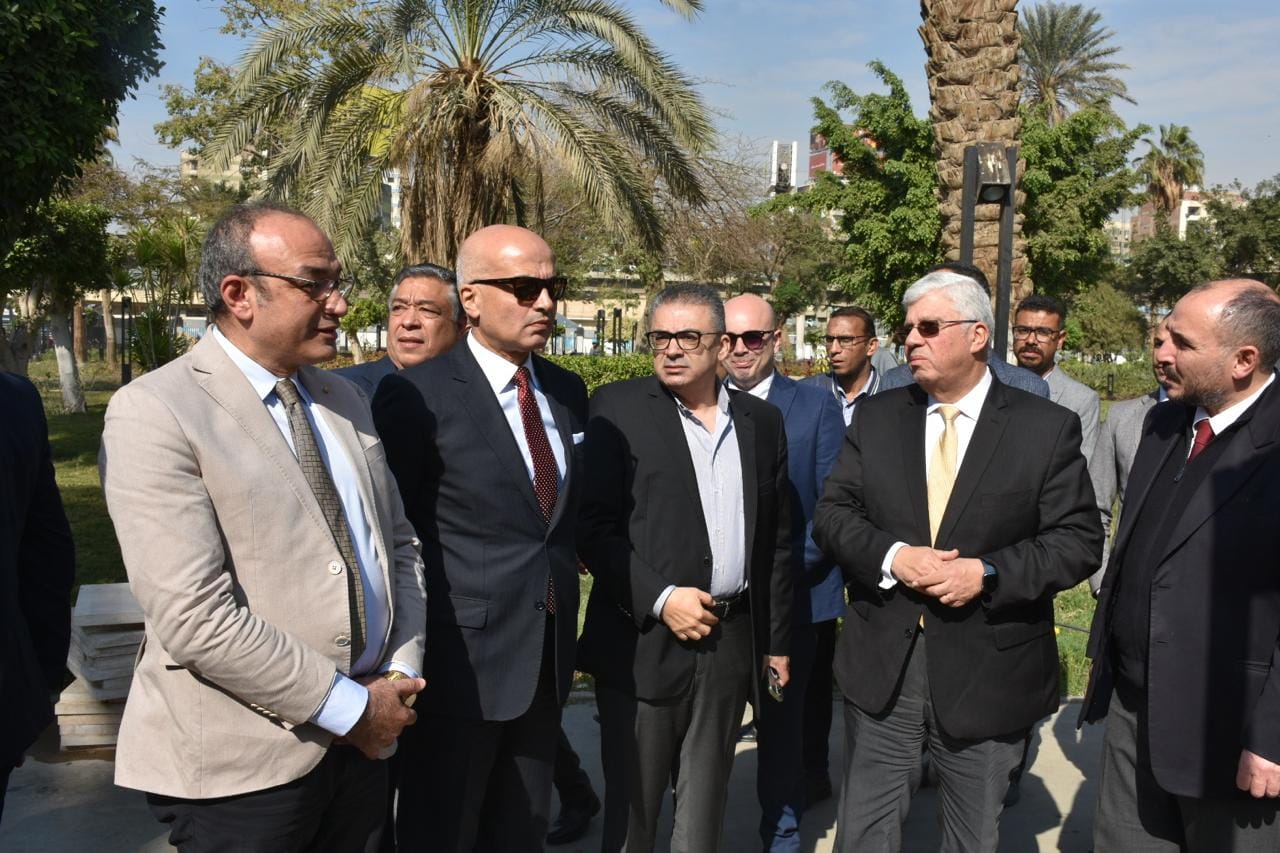 |
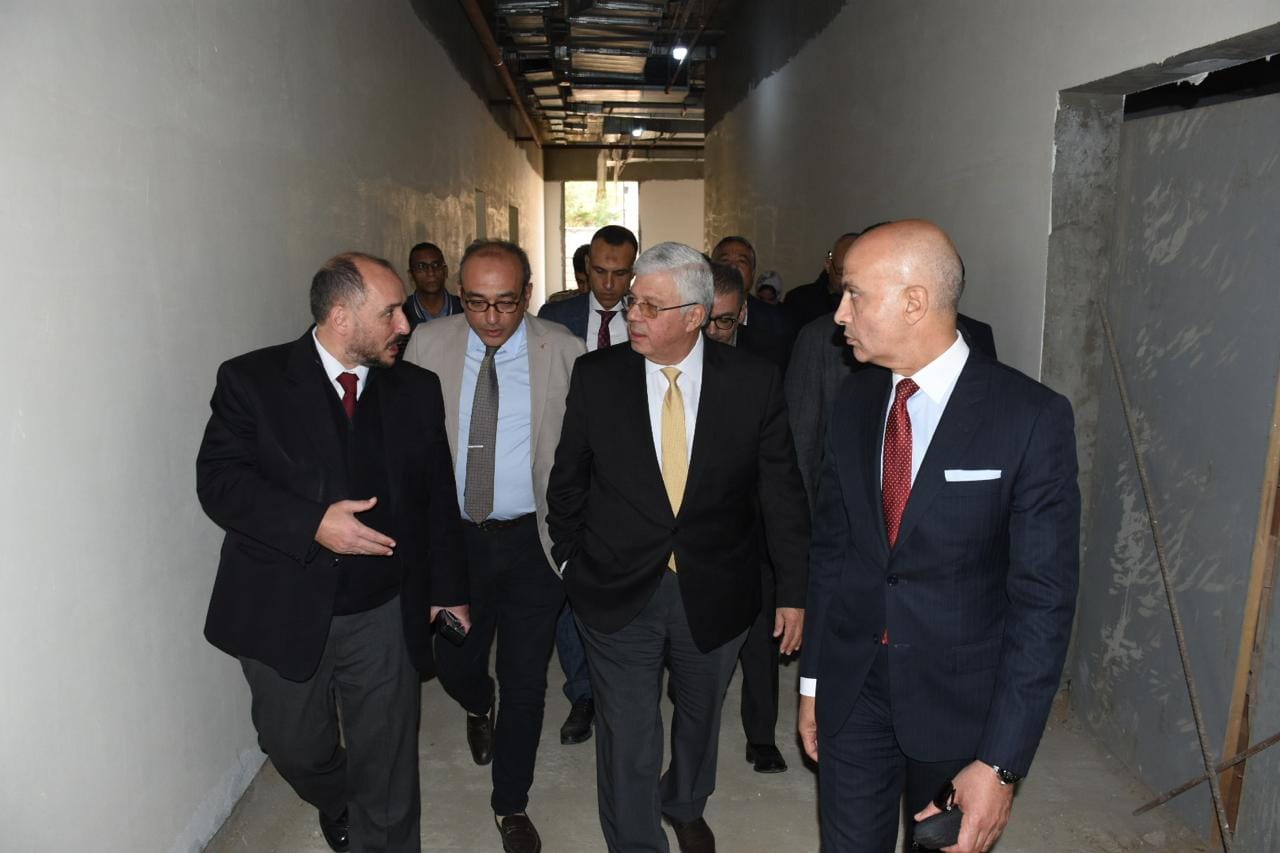 |
||
The Minister was accompanied during his tour by Dr. Mohamed Diaa Zain El-Abedeen, President of Ain Shams University, Dr. Omar Sherif Omar, Secretary of the Supreme Council of University Hospitals, Dr. Ali Al-Anwar, Dean of the Faculty of Medicine at the University, Dr. Tarek Youssef, Executive Director of Ain Shams University Hospitals, Dr. Ayman Farid, Assistant Minister for Strategic Planning, Training and Rehabilitation for the Labor Market, Dr. Adel Abdel Ghaffar, Media Advisor and Official Spokesperson for the Ministry, Dr. Yasser Megahed, Director of the Engineering Consulting Center, hospital directors, and a group of leaders from the Ministry and the University.
During the tour, Dr. Ayman Ashour stressed that the Ministry pays great attention to developing medical and health services in university hospitals, as they are one of the main pillars in providing health services to citizens, which work side by side with hospitals affiliated with the Ministry of Health. He also pointed out that caring for the health of the Egyptian citizen comes at the forefront of the priorities of the new republic, stressing the importance of providing the highest levels of medical care and providing the basic needs of citizens.
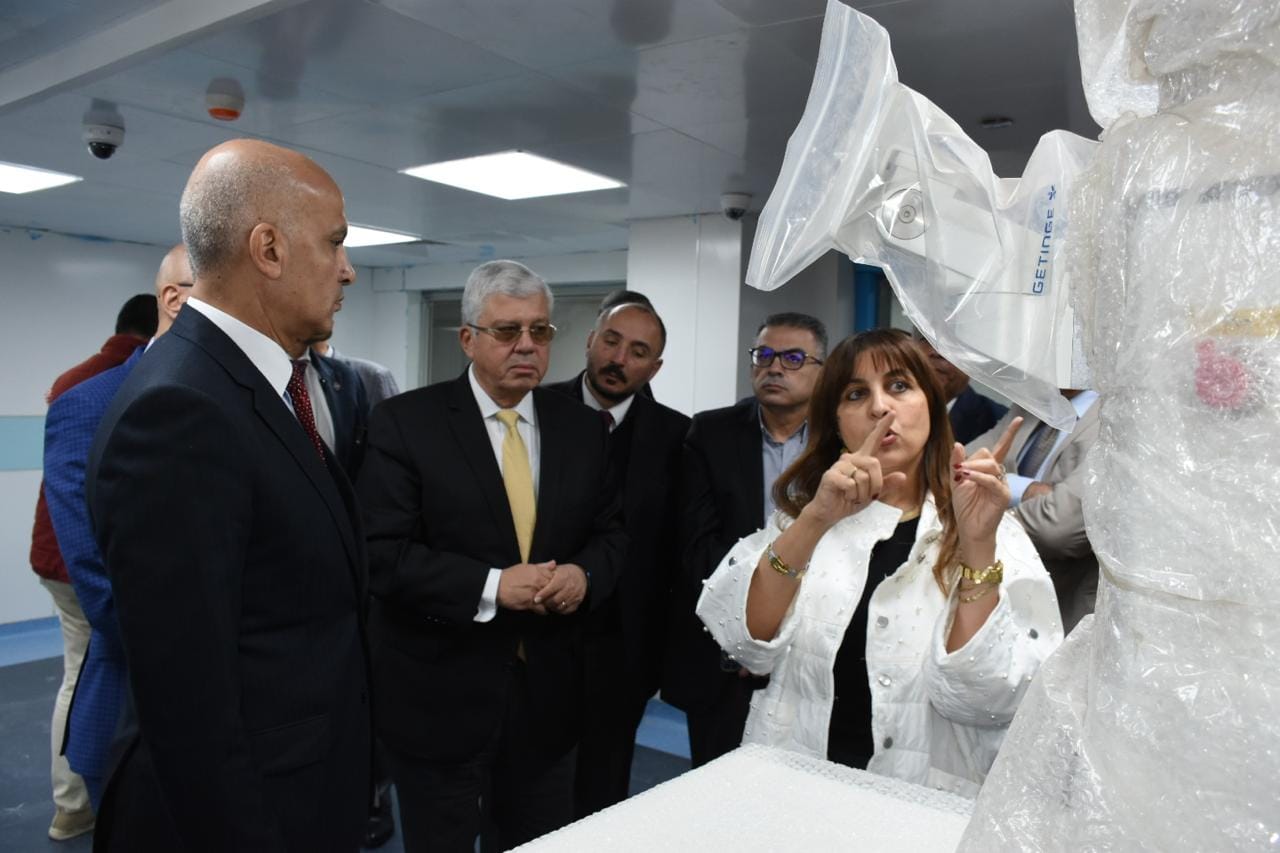 |
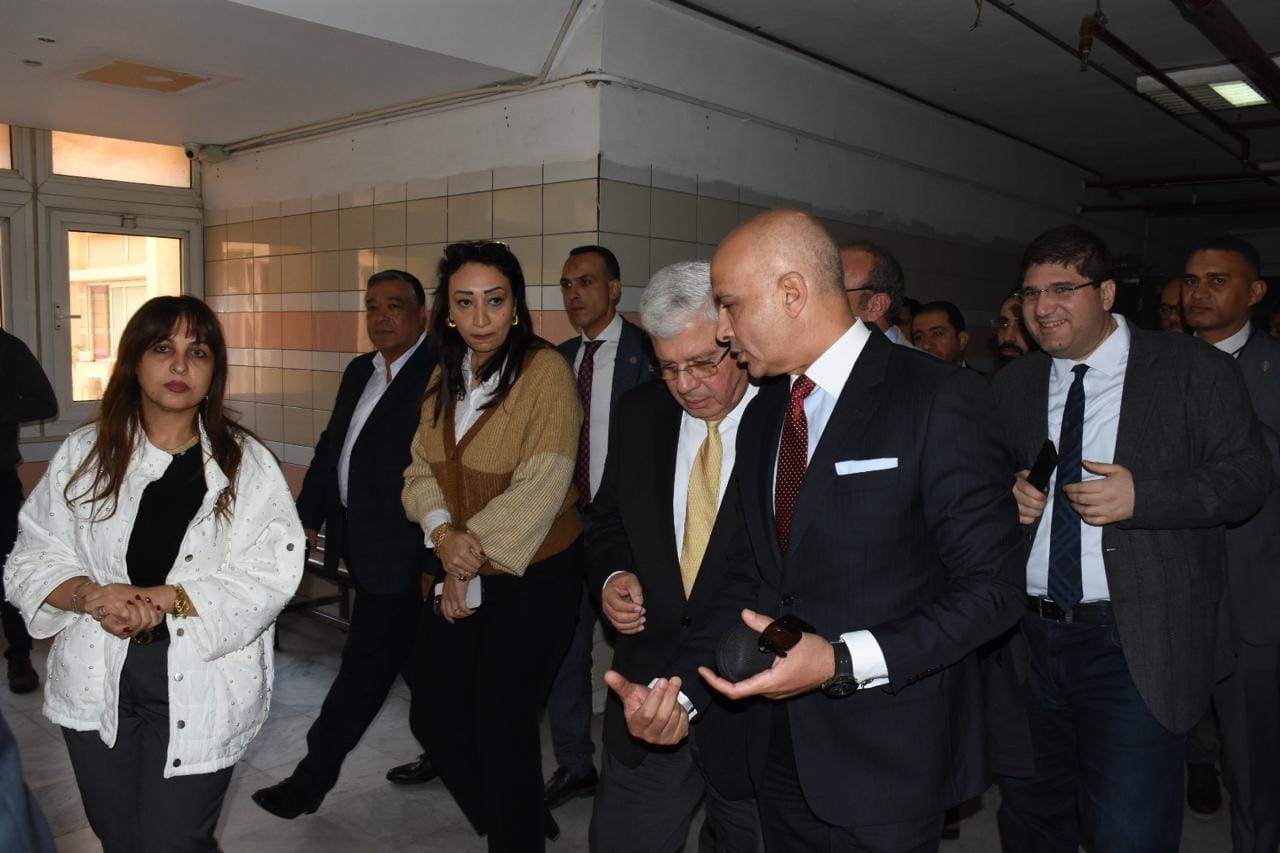 |
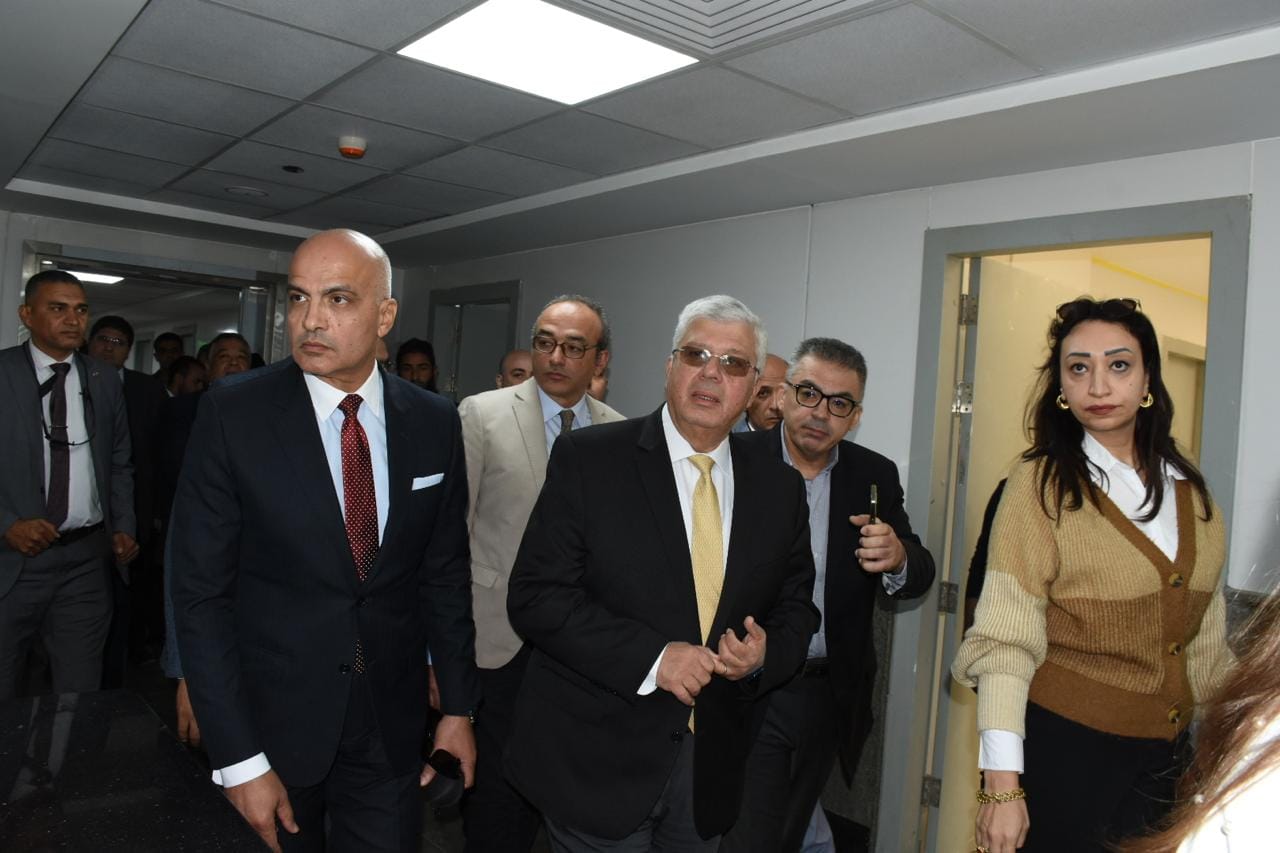 |
||
The Minister pointed out that the Medical City at Ain Shams University is a strong addition to the healthcare system in Egypt, noting that it is not only a city that provides healthcare to citizens, but rather a civilized shift in Cairo Governorate. He added that it aims to accommodate a large number of patients visiting the Medical City, due to the distinguished treatment and healthcare services it provides to all segments of society, in addition to its educational and training role according to the latest international systems and standards.
The Minister appreciated the efforts of Ain Shams University administration in completing this huge project, stressing the need to complete all equipment and construction according to the specified timetables.
For his part, Dr. Mohamed Diaa Zain El-Abedeen, President of Ain Shams University, explained the university’s keenness to develop its educational facilities and raise the efficiency of its infrastructure, to improve the quality of the educational and research process at the university, as well as raise the efficiency of university hospitals, with the aim of increasing their capacity and improving the level of medical and therapeutic services provided to citizens.
The university president pointed out that the project is an integrated medical city with global capabilities, and is run by leading medical cadres according to international standards, especially with its strategic location and integrated, interconnected campus. He added that the cost of the projects in the medical city since the start of work in 2015 amounted to 10 billion pounds.
For his part, Dr. Ali Al-Anwar, Dean of the Faculty of Medicine and Chairman of the Board of Directors of Ain Shams University Hospitals, confirmed that the medical city provides medical care to all Egyptians, explaining that the idea of the medical city is based on developing all existing facilities, with the aim of improving medical services and adding new services to provide maximum benefit to citizens. He pointed out that the new model emergency hospital aims to accommodate the increasing numbers of visitors to the emergency departments of Ain Shams University Hospitals, as the average number of cases visiting annually currently amounts to 100,000 patients, and this number is expected to increase annually.
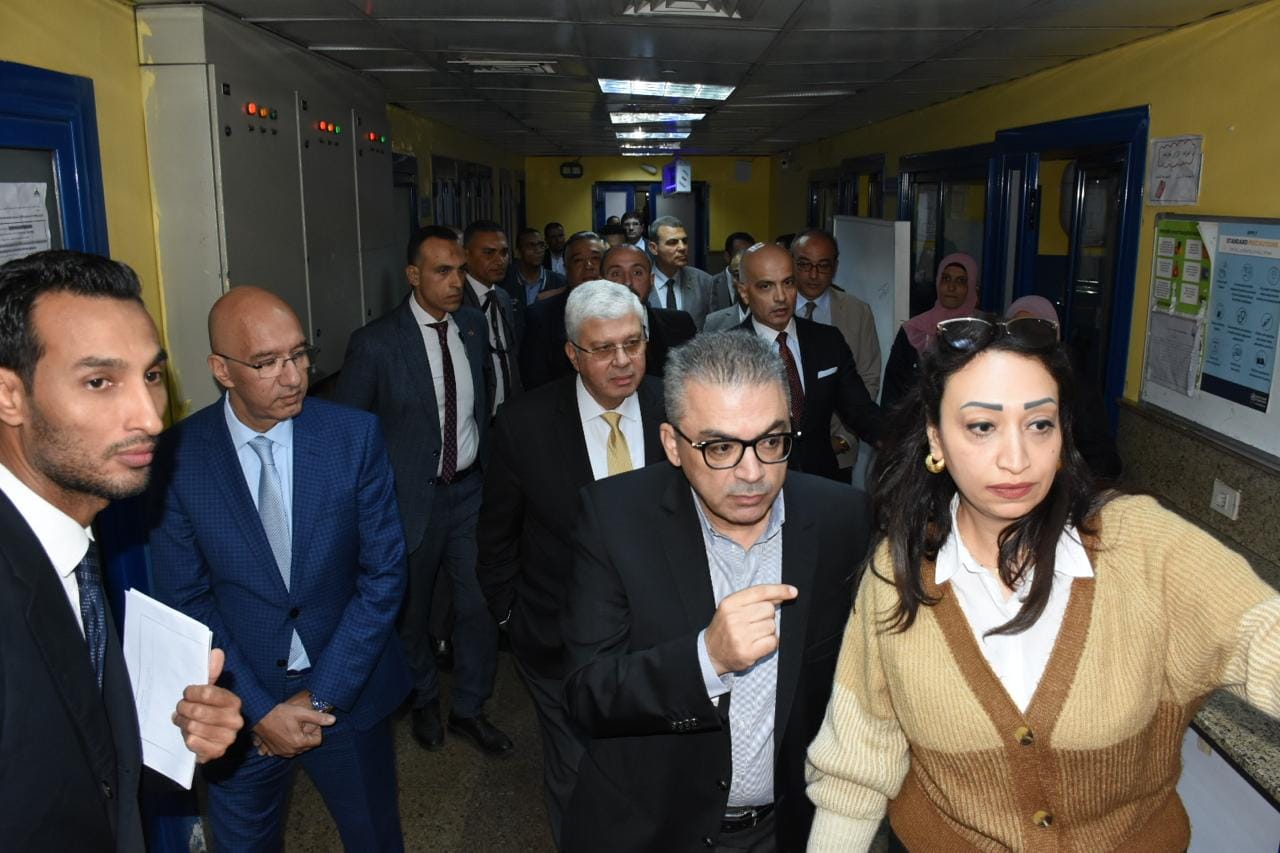 |
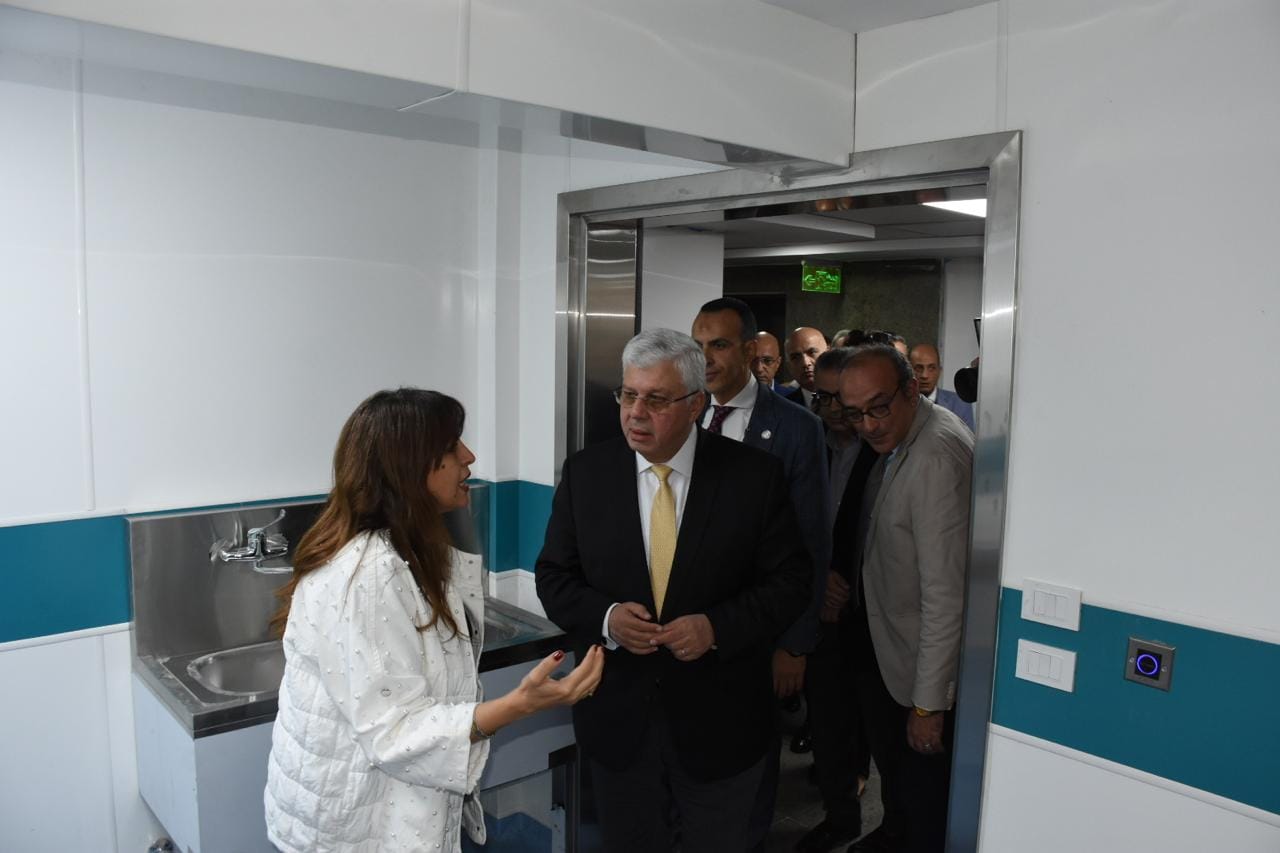 |
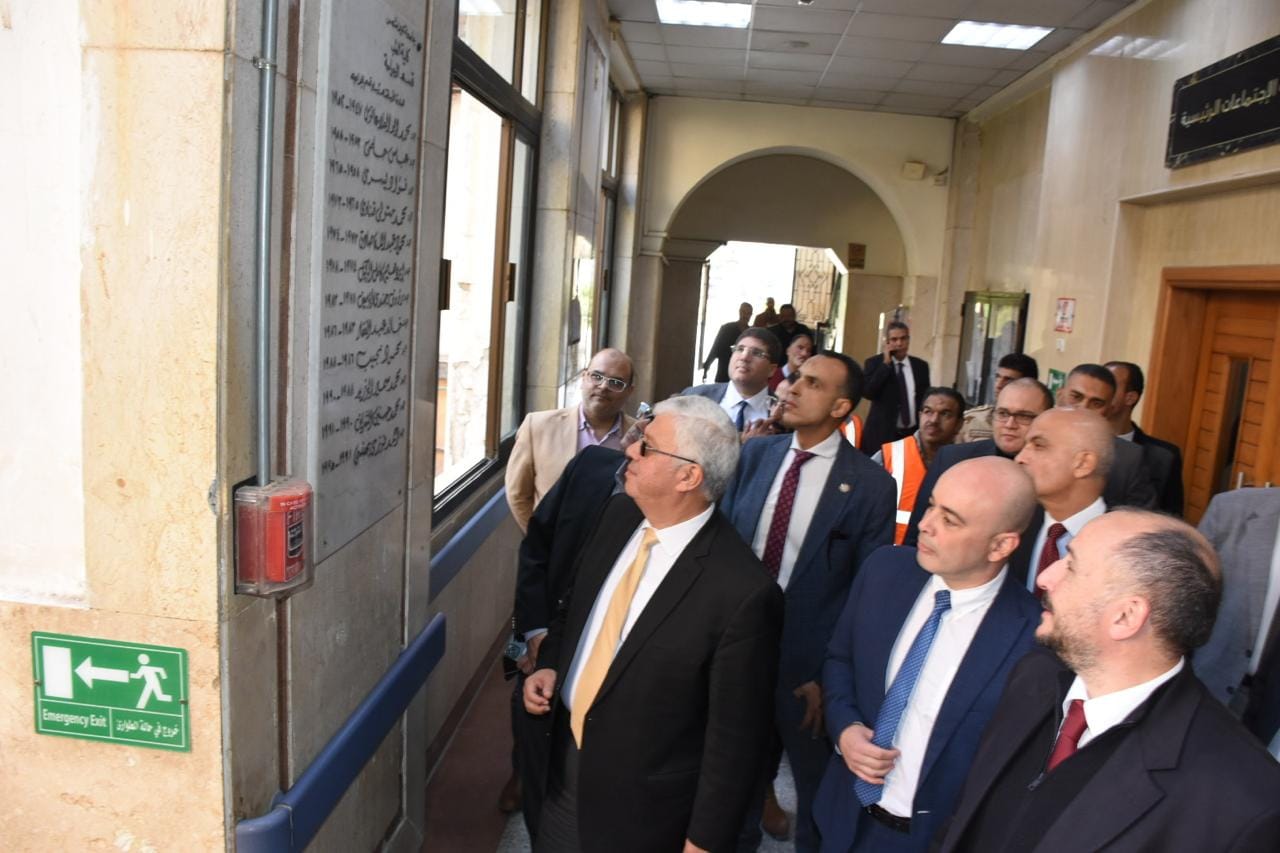 |
||
Dr. Tarek Youssef, Executive Director of Ain Shams University Hospitals, added that the outpatient clinic building in the doctors’ residence has been developed, where the building’s efficiency has been raised, and an annex building has been established as outpatient clinics to serve patients, in addition to providing examination and testing services in one place, to facilitate the movement of patients in dealing with and receiving health services within hospitals.
The medical city includes 9 hospitals, which are Al-Damardash Hospital for Surgery, Ain Shams Hospital for Internal Medicine, Women and Obstetrics Hospital, Children’s Hospital, Heart, Chest and Vascular Diseases and Surgeries Hospital, New Emergency Hospital, Martyr Ahmed Shawky Hospital for Geriatrics, Ain Shams Specialized Hospital, and Ain Shams University Specialized Hospital in Obour.
It also includes 6 specialized centers, namely Dr. Ahmed Okasha Center for Psychiatry, Clinical Toxicology Center, Oncology and Nuclear Medicine Center, MASRI Medical Research Center, Main Blood Bank, Burns Treatment Center, in addition to the Medical Waste Incinerator Complex, and the Education Training and Development Center.
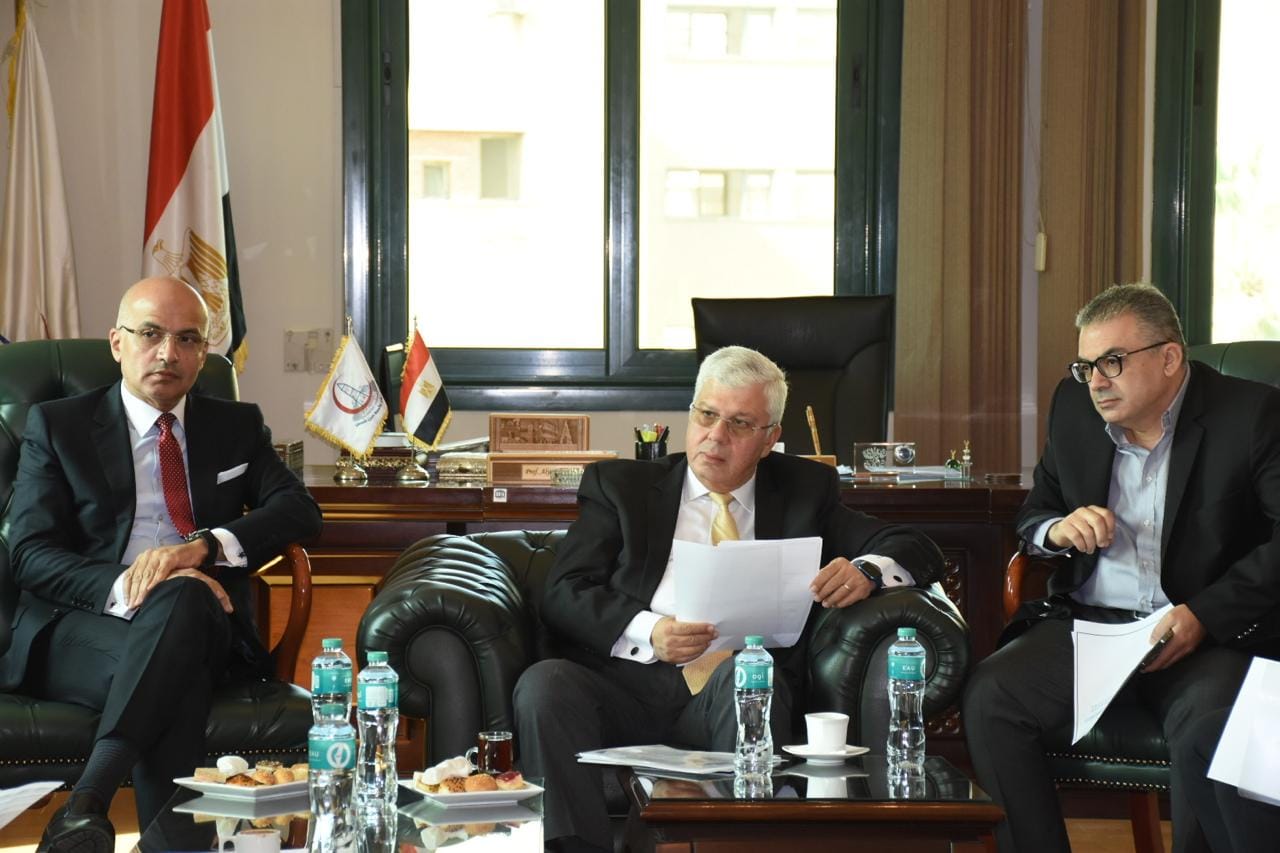 |
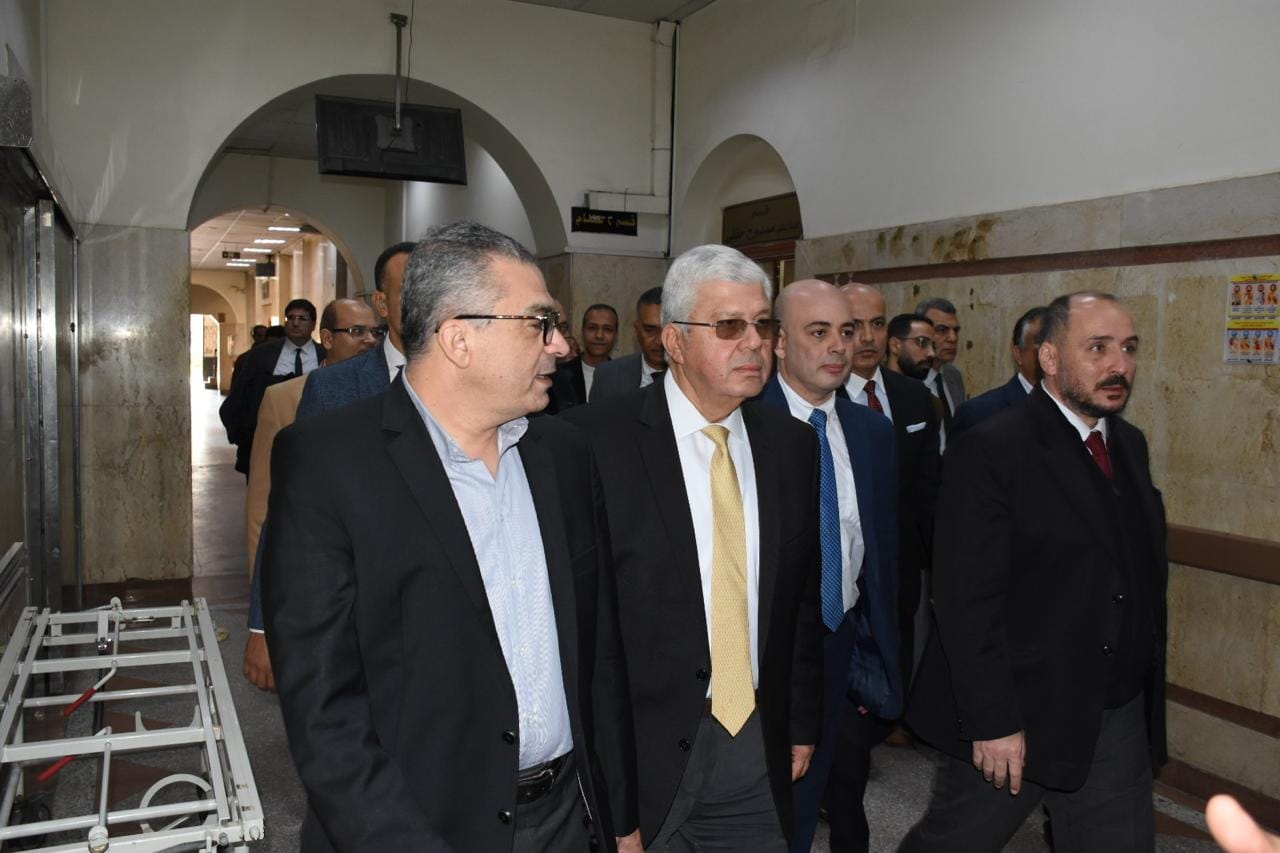 |
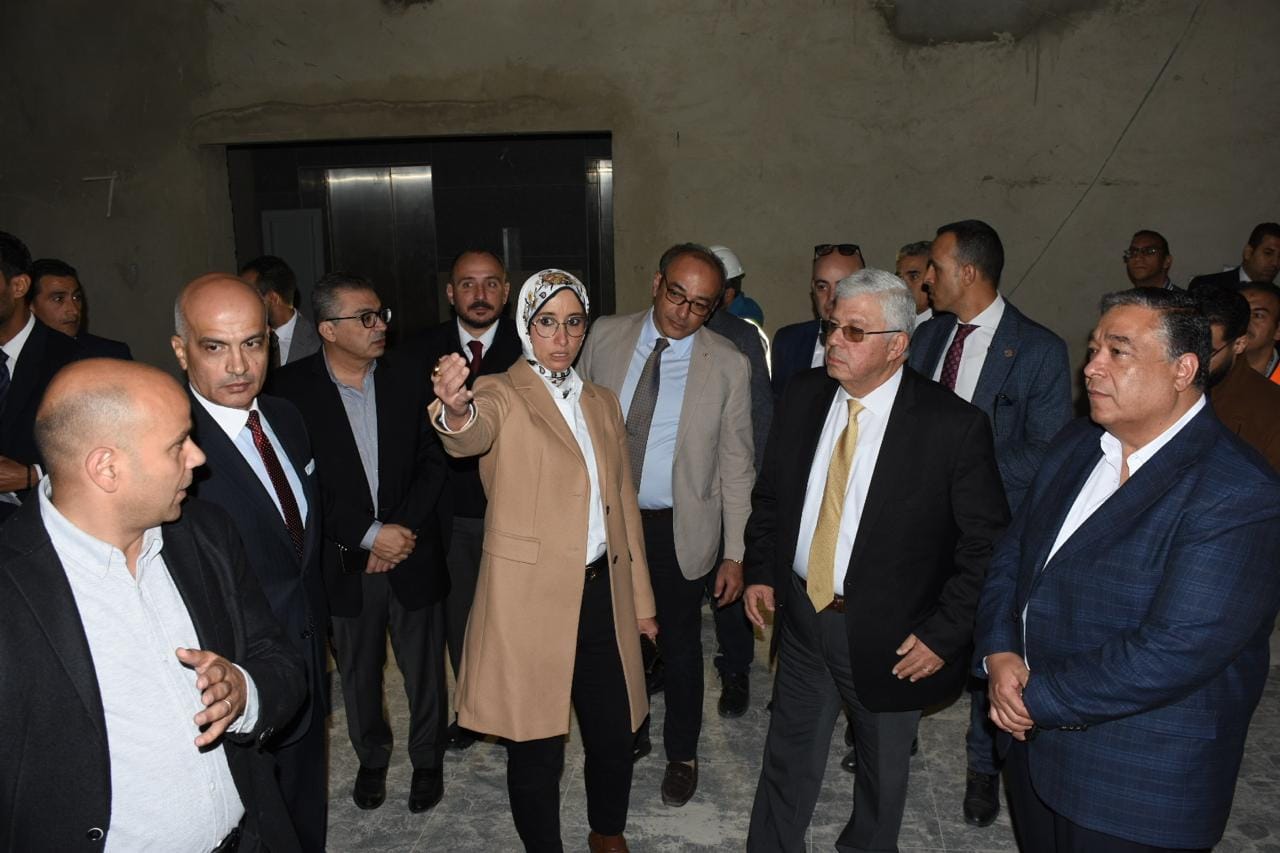 |
||
The city has witnessed the development of premature infant incubators, as the number of incubators has become 70, serving about 700 children annually, instead of 24 incubators that served about 222 children annually, as well as the children’s surgery hospital, which includes 245 beds, including 10 operating rooms, 14 preparation beds, 19 recovery beds, in addition to 36 beds in examination clinics, 36 intensive care beds, 26 incubators, 5 examination beds, and 99 beds for residence, in accordance with quality and occupational health standards.
The blood bank, which includes the latest equipment and devices that comply with quality and infection control standards, has also been developed to provide the most accurate results in the fastest time, and extract blood derivatives, which contributes to the creation of new services such as the NAT virus testing laboratory, and the laboratory for processing and modifying derivatives before dispensing.
In addition to increasing the number of blood units from the current 45,000 units to 80,000 units, and increasing platelet sessions from 1,000 to 5,000 sessions annually, in addition to developing the children’s emergency department, the blood transfusion and chemotherapy center, which aims to serve sick children in all specialties and children’s cancer and blood disease patients.
The new emergency hospital has 130 inpatient beds, 40 intensive care beds, 20 inpatient beds, 20 toxicology beds, and 8 capsule operating rooms.
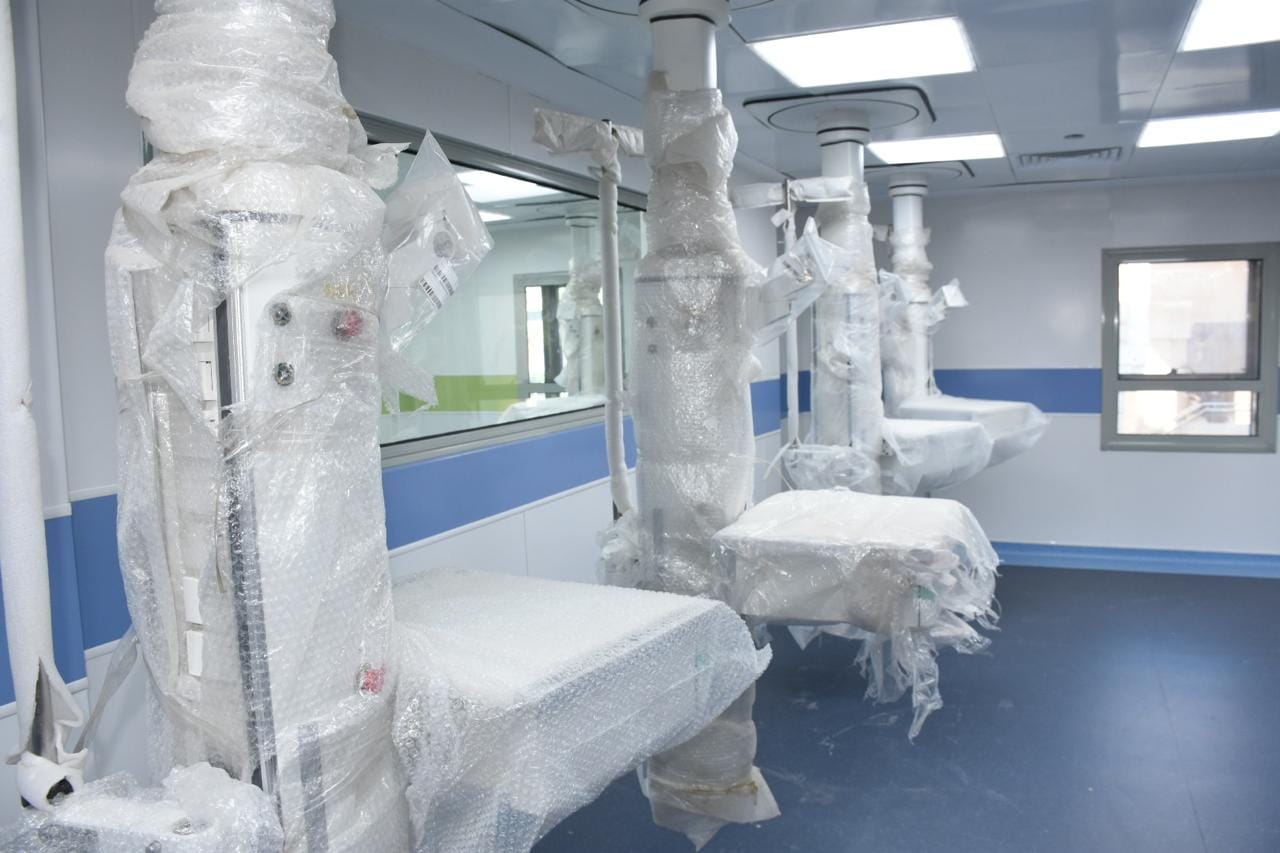 |
 |
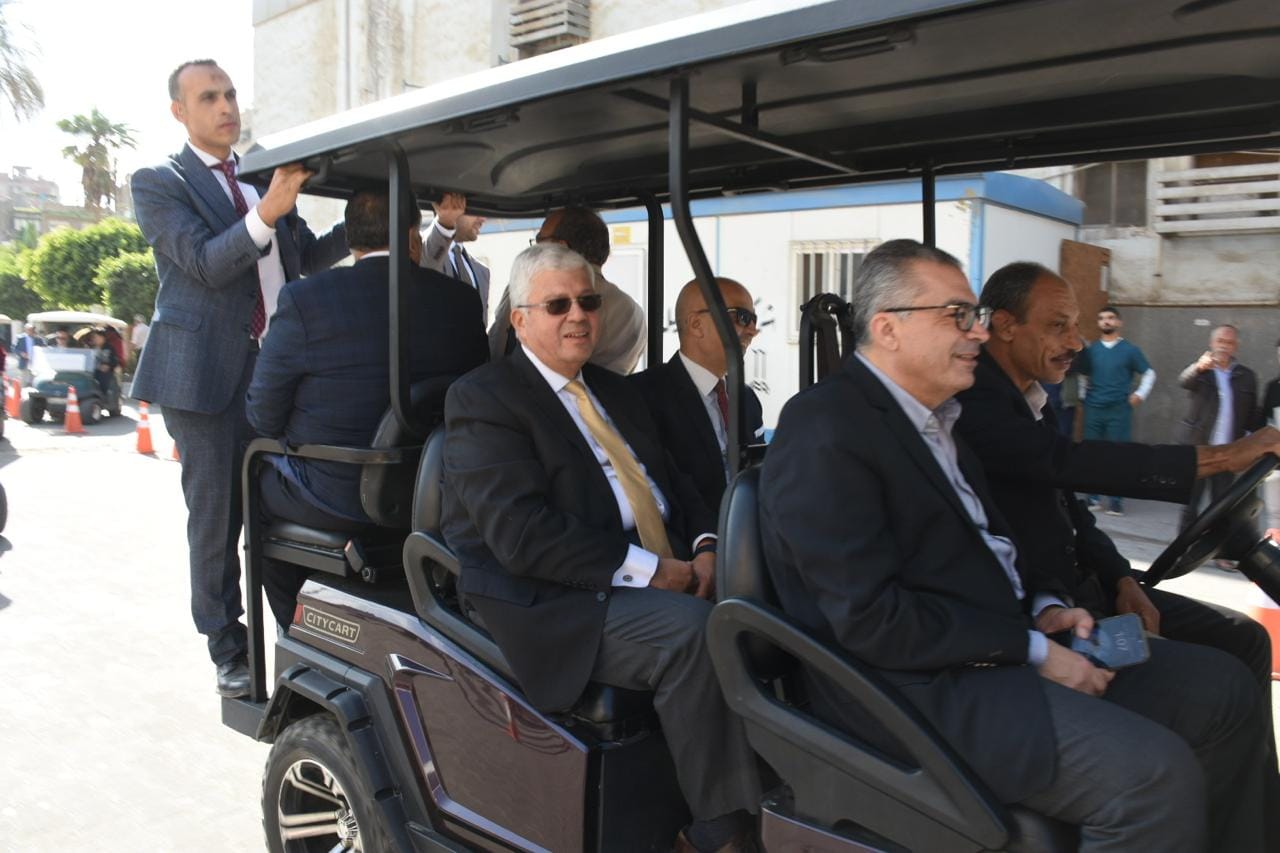 |
||


.svg)
